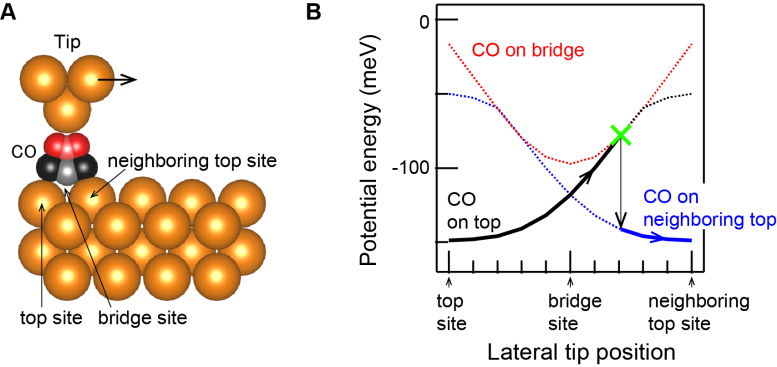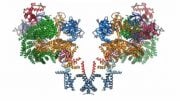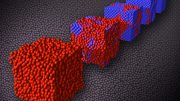
Recent advancements in friction research by an international team have clarified the behavior of molecules on surfaces, furthering our understanding of static and dynamic friction through innovative microscope techniques and calculations.
Friction, an everyday phenomenon, has perplexed scientists for centuries. Despite thorough investigation, knowledge of it is still incomplete, largely because it involves complex interactions at different levels. Achieving an accurate grasp of the precise contact conditions between objects has been a longstanding challenge, a feat recently made possible through advancements in scanning probe microscopy.
Technological Progress and Persistent Mysteries
Yet, even with these technological breakthroughs, the intricacies of dynamic friction – the force needed to maintain the movement of a molecule – have remained elusive. While scientists could measure static friction by moving a single molecule on a surface, both the measurement and theoretical understanding of dynamic friction have yet to be fully unveiled.

Figure 1: Dynamic friction at an atomic level. (A) Illustration of the CO molecule being manipulated on a copper surface by a metal tip. (B) Changes in the CO molecule’s adsorption states while the tip moves horizontally across the surface. The interaction energies between the tip and CO are represented by different lines: CO on the top site (black curve), on the bridge site (red curve), and on the neighboring top site (blue curve). As the tip progresses, the actual adsorption state of CO follows the solid lines. The transitions between different adsorption sites (green cross) provide key insights into the intricacies of dynamic friction. Credit: American Physical Society
A Breakthrough Study
Now, writing in Physical Review Letters and Physical Review B, a collaborative team from Kanazawa University (Japan), the Donostia International Physics Center (Spain), and the University of Regensburg (Germany) report their groundbreaking study that dives deep into this challenge. They meticulously examined the manipulation of a carbon monoxide (CO) molecule on a single-crystal copper surface using an atomic force microscope. Backed by ab initio calculations, their findings shed light on:
• How the CO molecule positions relative to the microscope tip and surface.
• The relationship between the motion of the molecule induced by the tip, energy dissipation, and both static and dynamic friction.
This research stands out for its unequivocal clarity on the friction process. Not only does it provide fresh insights into a long-studied phenomenon, but it also paves the way for future studies on energy dissipation relaxation processes.
References:
“Dynamic Friction Unraveled by Observing an Unexpected Intermediate State in Controlled Molecular Manipulation” by Norio Okabayashi, Thomas Frederiksen, Alexander Liebig and Franz J. Giessibl, 2 October 2023, Physical Review Letters.
DOI: 10.1103/PhysRevLett.131.148001
“Energy dissipation of a carbon monoxide molecule manipulated using a metallic tip on copper surfaces” by Norio Okabayashi, Thomas Frederiksen, Alexander Liebig and Franz J. Giessibl, 2 October 2023, Physical Review B.
DOI: 10.1103/PhysRevB.108.165401









The essence of friction is the interaction of topological vortices. According to topological vortex gravitational field theory, wave particle duality applies not only to light, but also to almost all objects. The main difference lies in the properties of particles and waves. Which is more obvious, or both. Implicit variables always persist in material interactions.
My idea of Leave no stone unturned, the important part of this research is the greater understanding at the quantum level, that friction is a fundamental, to move and to collide is a function of reaction and combining, the universe in action.